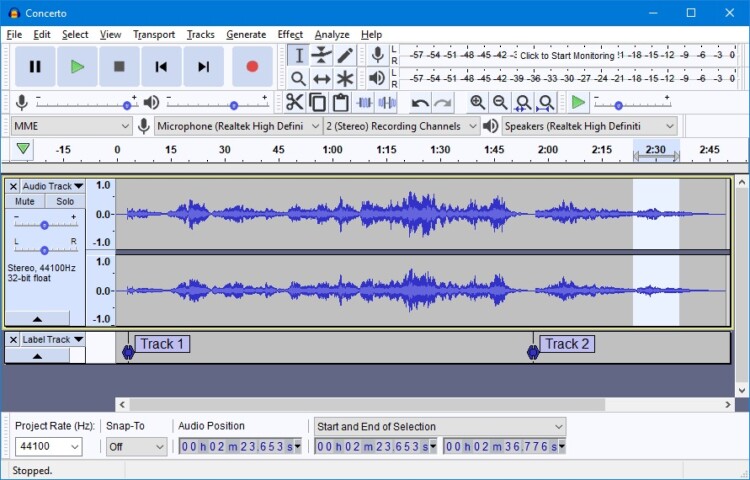

Thus, it would be best if you use a tool that does not hold any restrictions. Moreover, users are also required to download external plugins for improved performance. The interface of Audacity is quite complicated, so you can have a disrupted user experience with it. However, facing limitations is still part of Audacity. There is no doubt that Audacity vocal remover can help you remove all types of vocals from the audio file. Part 3: The Best Vocal Remover Alternative of Audacity for Achieving Results Automatically Next, click on the "Effects" tab and access the "Special" options, but first select the audio track. After this, select "Open" and import the audio file from which you want to remove vocals. Step-by-Step Guide to Remove Vocals in AudacityĪre you new to Audacity and want to learn how to remove vocals with Audacity? The under-stated instructions will help you regarding Audacity isolate vocal procedure: Step 1Īccess Audacity, and from its interface, click on the "File" button. The spectrogram view mode also helps visualize the frequencies in a detailed manner. It also supports 16-bit, 24-bit, and 32-bit sound qualities, so you can use it for resampling.Ībove all, you can also import audio files in multiple formats to isolate vocal Audacity. With this, you can also record live audio with a microphone and export it in other formats. Part 2: Easy and Straightforward Step-by-Step Guide to Remove Vocals in Audacity All its features are non-disruptive, and you can also use VST3 plugins to add flexibility to your work.They seem ideal for professional-level vocal removal.


Pro Fade Out - delivers an ogival shape which sounds much better to my ears than either of the other two. I just experimented, on 10 seconds of generated sound wave (so I could visually see the shape) with the three fades that I now have:įade Out: delivers a linear triangular shape which is ok but leaves something to be desired.Ĭross Fade Out - delivers a bell-end shape (if you’ll excuse the term) which seems to cut off a little abruptly.


 0 kommentar(er)
0 kommentar(er)
